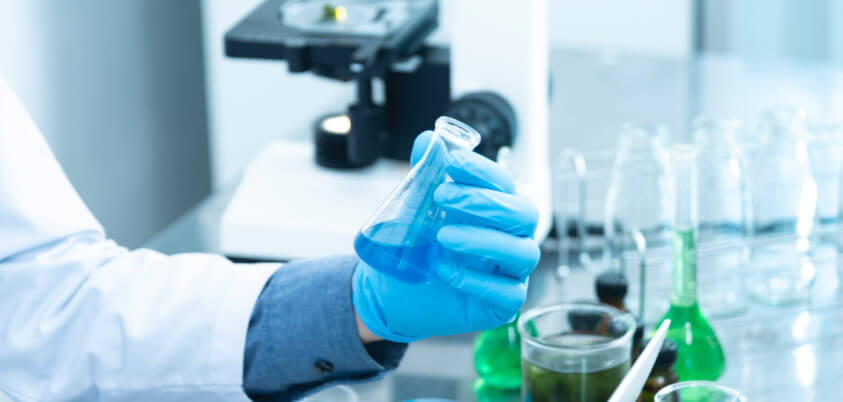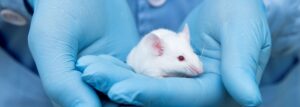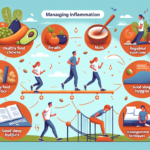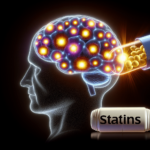
The Promising Pathway from Mouse Autophagy Models to Human Therapeutics
In the ceaseless quest for medical breakthroughs, the study of autophagy in mice models stands out as a beacon of hope. Autophagy, a fundamental cellular process wherein cells degrade and recycle their own components, has been deeply investigated utilising murine models due to their biological similarities to humans.
Intriguingly, the ability to manipulate autophagy in these animals has offered profound insights into potential treatments for human diseases. Mouse models, engineered to either enhance or suppress autophagy, allow researchers to observe the ensuing effects on disease progression. These models have shed light on a variety of conditions, including neurodegenerative diseases, cancer, and metabolic disorders, hinting at the process’s extensive therapeutic applications.

The successful translation of findings from mouse autophagy models to human treatments hinges on several translational steps. Foremost is the identification of molecular targets and pathways conserved between mice and humans, thereby validating the pertinence of the mouse data. Once a target is corroborated, the development of drugs that modulate autophagy can commence, supported by the precise mechanistic insights provided by the mouse models.
Subsequently, rigorous preclinical trials in mice precede the clinical trials in humans, ensuring safety and efficacy. In this critical phase, dose adjustment, toxicity evaluation, and pharmacokinetics in mice set the stage for designing human trials, increasing the likelihood of successful therapeutic outcomes.
The auspicious trajectory from mouse autophagy models to human treatment is not without challenges, including the extrapolation of data across species and the intricate regulation of autophagy. Nevertheless, the focused study of autophagy in mice continues to herald new therapeutic avenues, illustrating the invaluable role of animal models in the advancement of human medicine.





